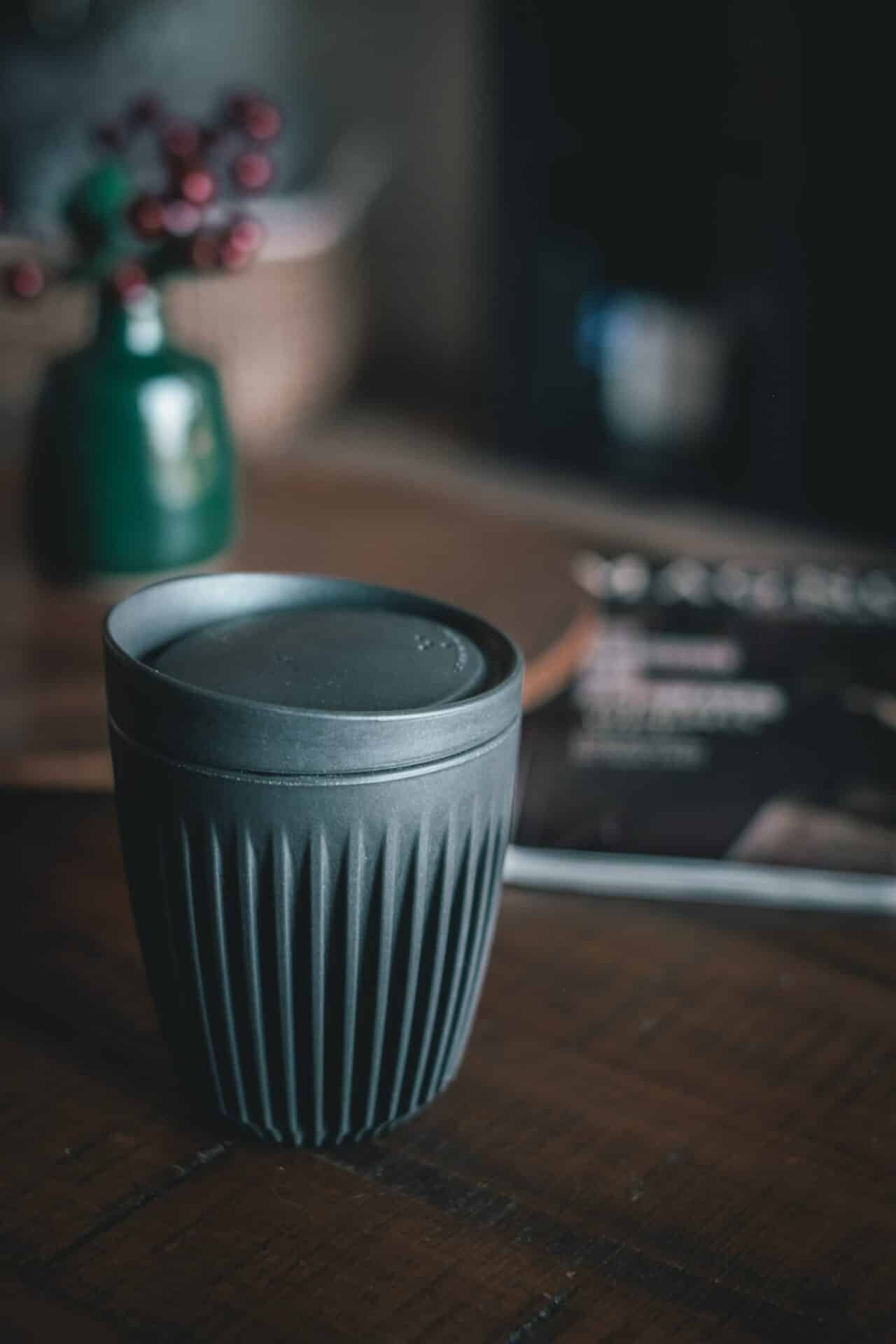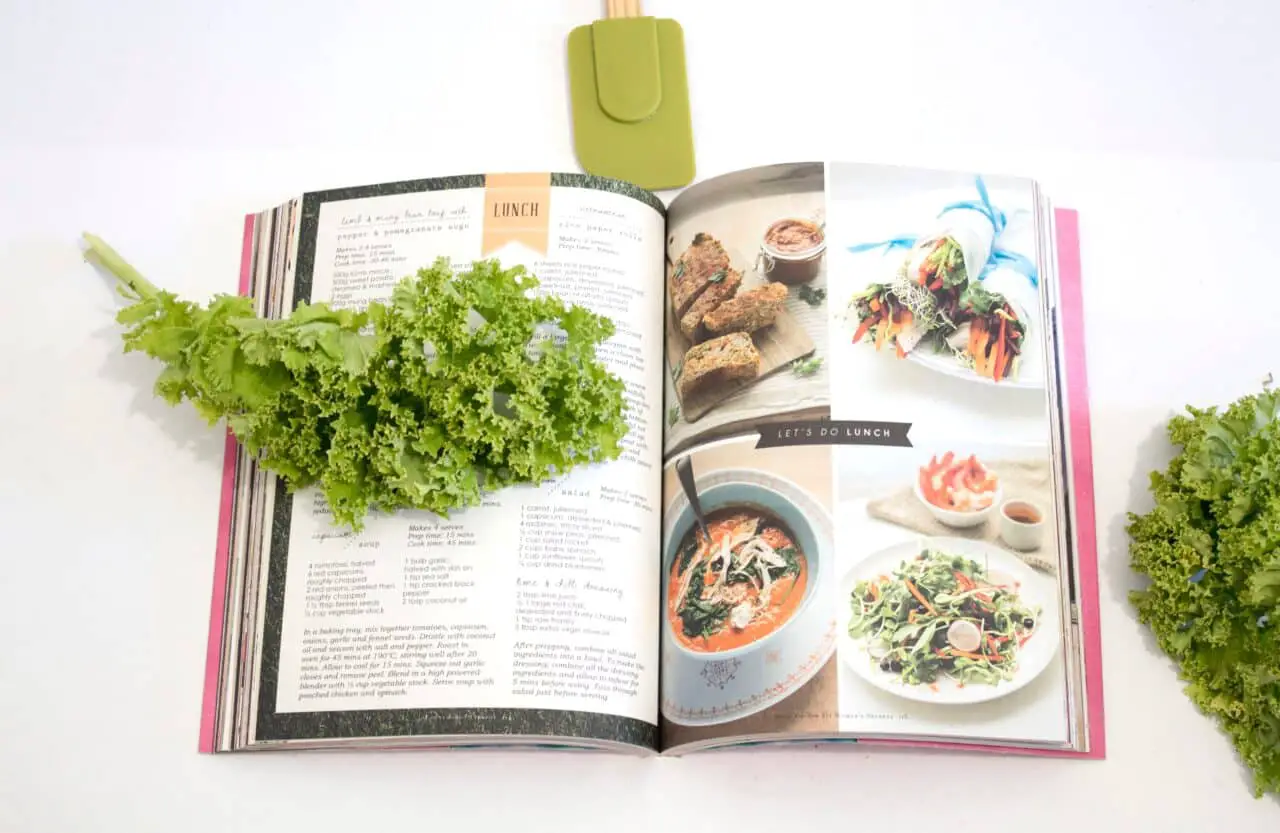Protect Your Home with the Following Methods of Storm Protection

Living in a storm state brings many advantages, but hurricanes and tropical storms are an unavoidable part of its climate. Being prepared can significantly decrease damage to homes and condos and allow for discounts on insurance premiums.
Before the storm strikes, it is crucial to identify items on your property that could become projectiles during high winds, including lawn furniture, tools, flowerpots, and anything else that might become loose during a hurricane. Bring or tie these indoors before leaving them out in the elements.
Also, make sure your exterior doors are locked from within by either using a piece of heavy furniture or tapping shut to prevent debris or water from entering during a hurricane. It is also critical that you prepare a plan in case you must evacuate, including family meeting spots and an out-of-town contact, essential supplies such as drinking water, nonperishable food items, flashlights, and flood insurance policies in case flooding threatens.
During a thunderstorm, it’s wise to stay away from corded electronic devices and water sources as lightning may travel through concrete structures and running water to conduct electricity. Furthermore, never attempt to repair downed power lines yourself; instead, contact your local electricity company immediately. Never attempt any DIY repair yourself, and always follow any official evacuation orders that have been given!
Note: This post may contain affiliate links, which means if you buy from my link I might make a small commission. This does not affect the price you pay. See the full affiliate disclosure here.
As part of hurricane preparation, it’s crucial to identify vulnerable areas. Protecting windows and doors and keeping trees trimmed to prevent damaging winds from taking down branches is paramount, but keep the following information in mind, as well.
Window & Door Protection
Windows are susceptible to damage during a storm, leaving your home exposed to rain, wind, and debris. A few precautions can help mitigate the potential for breakage of these windows during a storm, safeguarding them and ensuring their continued function.
Consider investing in impact-resistant windows if severe storms are common in your region. These windows are designed to flex and absorb impact without breaking, protecting glass surfaces from shattering. Clear windows also let natural light pass through while remaining opaque for an unbroken barrier effect.
Hurricane screens offer a less expensive alternative. They’re easier to install and take up less storage space when unused.
Screens help prevent window-related damage, reduce cooling costs, and block UV rays from entering your home. This product is suitable for residential and commercial customers alike.
Another solution is to cover and tape your windows before a storm strikes to save time and money while avoiding repainting or retaping later. Using products like Grip-Rite masking film, a protective barrier that’s simple to take down after its purpose has been served can easily be constructed.
Maintain a thorough property inspection to detect potential hazards like fallen trees or power lines before any storm to reduce damage to property and people. In addition, keep up with regular yard maintenance by trimming trees regularly; doing this can prevent overhanging rooflines or structural damage to your home from overhanging too much.
No matter where you reside, wind-borne debris poses a constant threat. By taking a few precautions and protecting windows with surface protectors and paint protection products from some of the game’s top names, you can ensure projects run on schedule while staying safe.
Storm Shutters
Storm shutters may help protect windows during hurricanes by deflecting debris like roof tiles and tree branches from flying through the air to strike against them, protecting glass surfaces from being hit by projectiles. They also may save homeowners money by reducing insurance premiums and repair expenses for damaged property.
When purchasing storm shutters, look for ones rated by Miami-Dade County for compliance with local building codes. Furthermore, SBCCI or ASTM approval indicates that rigorous hurricane testing has occurred and ensures they are hurricane-proof. Also, look for shutters designed by an external professional engineer, as these should meet industry standards more effectively.
There are various kinds of hurricane shutters to help protect against hurricanes, such as metal, polycarbonate, and fabric panels. Each option offers distinct advantages and disadvantages; metal panels are stronger and more durable than plywood sheets, but their sharp corners and edges make them difficult to work with. Polycarbonate panels, on the other hand, are easy to manage while letting light through, making them suitable for people who do not wish to spend time setting up and then taking down and storing plywood sheets.
Storm shutters should be easy to deploy, making the selection process an effective risk management strategy. Install them before receiving a storm Watch or Warning so that they are ready to be utilized when necessary; choose shutters that open and fold easily over those that must be secured manually with latches or handles.
Accordions
Accordions are one of the most robust options for protecting windows and doors against hurricane-force winds and debris flying at them from outside or inside your home. They fold to each side of an opening for ease of operation and offer tremendous protection while remaining virtually out of sight when not needed.
Living in areas prone to hurricanes and other severe storms can be terrifying, but taking the necessary precautions can give homeowners peace of mind during storm season. Installing accordion hurricane shutters as permanent installations is an economical solution, ensuring your property is safe from high winds and other damage.
Accordions provide year-round protection in any home and are one—or two-piece shutters that fold back compactly like louvered doors. Installed alongside windows and Boca Raton exterior doors, balconies, or large patio openings, they can easily be shut within minutes both inside and outside the home. Not only that, but they require minimal cleaning or lubrication maintenance!
Impact-Resistant Panels
Impact-resistant panels offer more excellent protection than the old plywood board-ups. Installed onto frames enclosing your windows and doors, they’re always ready for action in tropical storms – not restricting views or light simultaneously! Plus, they look more stylish than shutters!
Impact-resistant gypsum panels combine abuse resistance and impact strength for specific application needs, making them the ideal solution for shaft wall systems in high-rise buildings or interior partitions that frequently contact machinery or building occupants. Furthermore, these panel types offer additional surface protection from scuffs, scratches, or dents, which could result in costly repairs or replacements.
These products feature a rigid adhesive surface for fastening to substrates. Available in various shapes, sizes, curves, thicknesses, and finishes – including non-combustible Type X core construction – these items can be used in fireproof designs that require 5/8-inch fireproof drywall.
These mats offer superior moisture and mold resistance. They can withstand high impacts without crushing or cracking, making them suitable for areas prone to wall cavity penetration and fireproof assemblies with wood framing.
Facer and core panels have been specifically engineered to resist water absorption and infiltration. Furthermore, enhanced antimicrobial additives help prevent mold growth and limit costly removal or repair work in multi-family housing projects.
These acoustical walls can also be utilized in sports halls, gymnasiums, schools, and leisure areas where impact resistance is essential. Their design allows for use in high-stress/high-traffic environments with an eye toward aesthetics; furthermore, they come in various colors to meet any aesthetic requirement.
Maintaining an effective protective panel system requires regular installation and maintenance. Always adhere to manufacturers’ instructions when installing or maintaining panels. Clean panels regularly to avoid build-up of dirt and grime, and inspect them for damage or signs of wear at regular intervals.
To maximize resilience during stormy conditions, avoid placing panels near overhanging branches or structures, as this may damage them during an electrical surge; additionally, lightning rods should be properly installed to divert electrical surges away from them.






